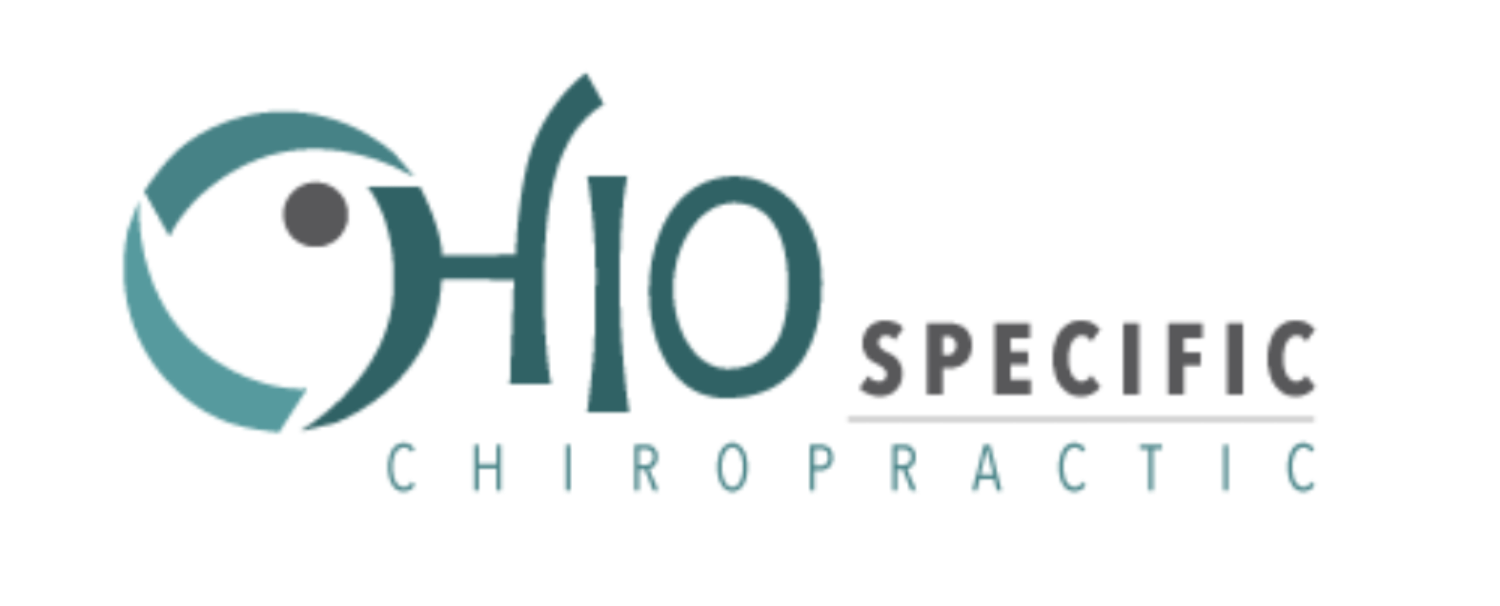First Visit
Upon entering the office, we request that you complete our new patient forms. This paperwork provides us with your health history and information on your condition. Your first visit requires approximately 60-90 minutes of your time. Please click on the links below to print some of our paperwork in advance to save time.
What to Expect: 9 Steps of Your First Visit at OHIO Specific Chiropractic
So you finally made an appointment and are going to the Chiropractor for the first time. Are you a little anxious? How about excited? Confused about what to expect?
The experience might seem a little daunting if you’ve never been to a Chiropractor before. But rest assured, the process is safe, easy and will be beneficial to your health.
The unknown can be intimidating. I want to break down some key aspects of what to expect from visiting my office for the first time. Having an idea of the process can help calm some concerns. Here are 9 steps of your first visit at OHIO Specific Chiropractic.
Initial Consultation
Here is where I find out more about you and your initial expectations about Chiropractic care. I will do my best to listen to your questions surrounding how Chiropractic can serve you. At this point, I will also determine if my model of care would be beneficial for you as well as refer you out if necessary.
Postural Exam
Here is where I look at your posture and stance. I look for things such as head tilt and rotation of the cervical spine and a low shoulder. These simple but profound clues help give me a glimpse into abnormal nerve patterns and muscle imbalances of the upper cervical spine.
Thermography Instrumentation
The chirometer, K4 and NCM Nerve System analyzers help find nerve disruptions at the brainstem. Your pattern of nerve disruption is similar to a thumbprint. It is unique to you alone and indicates an important piece to the analysis puzzle. These tests are non-invasive and accurate ways to measure Nerve System function.
X-ray Studies
Next, I will take X-ray images of your cervical spine. I take three specific views to get a 3-Dimensional picture of your misalignment. I analyze the images with a strict protocol that helps me diagram out the spine misalignment.
Palpation Tests
There are three main palpation tests I use. They are static palpation, motion palpation and muscle palpation. Each helps add to the analysis. Static palpation tests the joints while the patient is still. Motion palpation tests how the joints act while in motion. Muscle palpation tests how the muscles interact with the spine.
Vertebral Subluxation Analysis
The analysis is where I take the information from the exam thus far and put it all together. Here is where I put all the individual puzzle pieces together and step back. At this point, I can see the whole picture that determines your Vertebral Subluxation presentation.
Specific Adjustment
After first discovering “what” needs correcting, I can start the “how” component, the adjustment. The adjustment is a quick and specific force applied to the misaligned vertebra that is producing the brainstem disruption.
Rest Period
Weeks, months and even years of stress patterns have led to a vertebral subluxation. Every patient rests a minimum of 15 to 20 minutes after an adjustment. The rest period starts to strengthen and stabilize the spine. Muscles and ligaments are creatures of habit when it comes to vertebral subluxations. It takes time to retrain spine compensations.
Post-Check
After the rest period, I perform one more round of thermography testing. This is the most important aspect of the initial visit. Finding a vertebral subluxation is all well and good, but if you can’t deliver on correcting a vertebral subluxation, what is the point? The post-check testing indicates to me in real-time if I gave a proper adjustment.
Follow-up visit and care plan
The first visit is only the beginning when it comes to care. After the initial visit, we will meet up again (usually within a couple of days, no more than a week) for a follow-up visit. Usually, some type of positive event happened after the first adjustment. I will do my best to answer your expectations by laying out a care plan outline. If we both agree on the terms of the care plan, we can continue towards your health goals as a team. Health is a journey and my goal is to help assist you on your path to achieving it.

